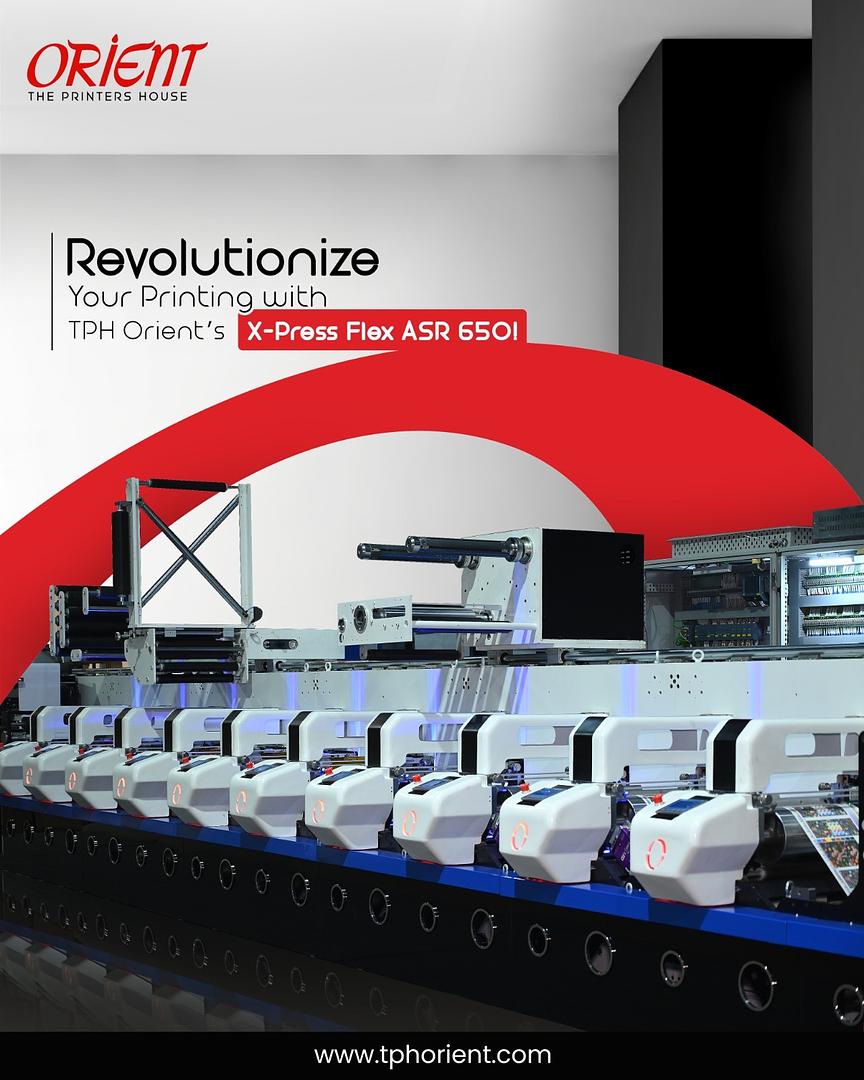Menu
We have seen it come into being, witnessed its debut and enjoyed its production at our customers, but we understand a little more about this technology:
Flexo printing, short for flexographic printing, is a printing technology that has gained increasing attention in recent years, especially for its versatility and sustainability. Primarily used for printing packaging, labels and advertising materials, flexo represents a real benchmark in the world of graphic design.
### What is Flexo Printing?
Flexo printing uses flexible printing plates, usually made of rubber or photopolymer, which are engraved with the desired design. These plates, mounted on cylinders, transfer ink to the surface of the material, which can be paper, plastic, film or fabric. The ink used is generally water-based or UV, making this process less polluting than other printing techniques.
### Advantages of Flexo Printing
1. **Versatility**: Flexo printing is suitable for a wide range of materials, enabling the production of packaging for food, chemicals, consumer goods and more.
2. **Quality**: Although the quality of flexo printing was initially inferior to other techniques, recent technological developments have led to high quality results, with vivid colours and sharp details.
3. **Efficiency**: Flexo printing is characterised by fast production times. Set-ups and job changes are generally faster than with other techniques, making this technology ideal for medium to long print runs.
4. **Sustainability**: Due to the use of water-based inks and reduced solvent emissions, flexo printing is considered a more environmentally friendly choice. In addition, the possibility of using recyclable materials promotes a more sustainable production chain.
5. **Low cost**: Initial costs for flexo printing plates may be higher than other techniques, but operating and production costs are generally lower, making flexo an economical option in the long run.
### Flexo Printing Applications
Flexo is particularly popular in the packaging sector, including boxes, plastic bags and labels. In addition, it is used for printing on textile materials, such as tarpaulins and non-wovens. Its applications also extend to the decoration sector, such as promotional products and customised items.
### Future of Flexo Printing
As technology advances, flexo printing continues to evolve. Innovations such as automation of printing processes and improved engraving technologies are opening up new avenues and opportunities. In addition, the increasing focus on environmental sustainability and the use of biodegradable materials are pushing manufacturers to further explore the potential of this technology.
In conclusion, flexo printing presents itself as an innovative and versatile solution in the modern printing landscape. With its many advantages and applications, it is undoubtedly a strategic choice for companies wishing to combine quality, efficiency and sustainability. If you are considering a printing project, flexo technology could be the answer you are looking for.

